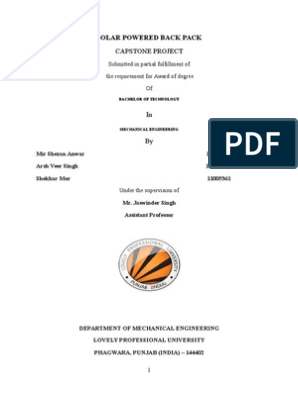0% found this document useful (0 votes)
127 views36 pagesLecture 04 - Components of System Unit PDF
The document discusses the key components inside a computer system unit, including the motherboard, processor, memory, ports, and expansion slots. It notes that the processor contains a control unit and arithmetic logic unit (ALU) and uses registers to store instructions and data. Memory comes in volatile RAM and nonvolatile ROM/flash forms. Common ports allow connection of peripherals via USB, video graphics, and sound cards installed in expansion slots on the motherboard.
Uploaded by
Haseeb ArifCopyright
© © All Rights Reserved
We take content rights seriously. If you suspect this is your content, claim it here.
Available Formats
Download as PDF, TXT or read online on Scribd
0% found this document useful (0 votes)
127 views36 pagesLecture 04 - Components of System Unit PDF
The document discusses the key components inside a computer system unit, including the motherboard, processor, memory, ports, and expansion slots. It notes that the processor contains a control unit and arithmetic logic unit (ALU) and uses registers to store instructions and data. Memory comes in volatile RAM and nonvolatile ROM/flash forms. Common ports allow connection of peripherals via USB, video graphics, and sound cards installed in expansion slots on the motherboard.
Uploaded by
Haseeb ArifCopyright
© © All Rights Reserved
We take content rights seriously. If you suspect this is your content, claim it here.
Available Formats
Download as PDF, TXT or read online on Scribd
/ 36







































































































































